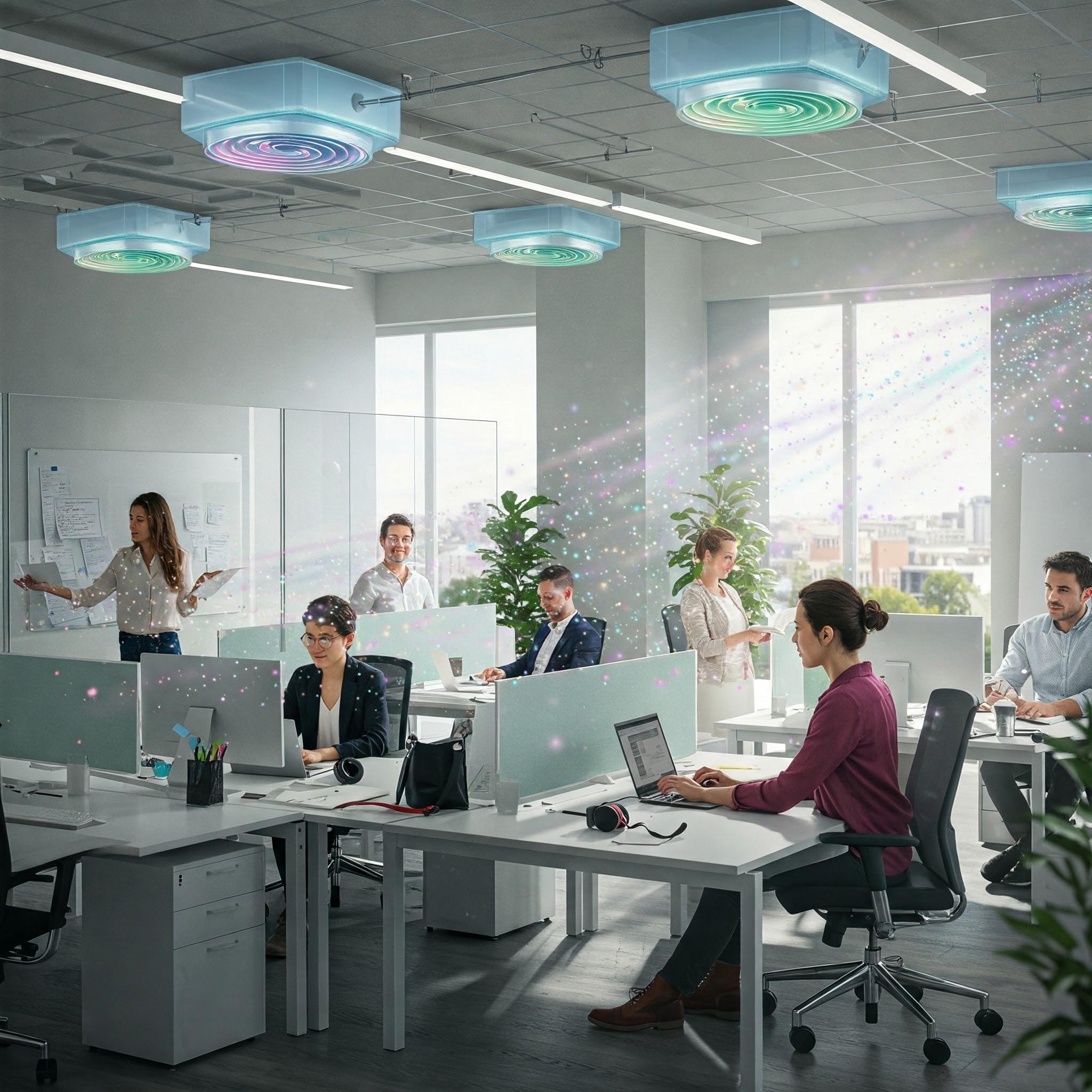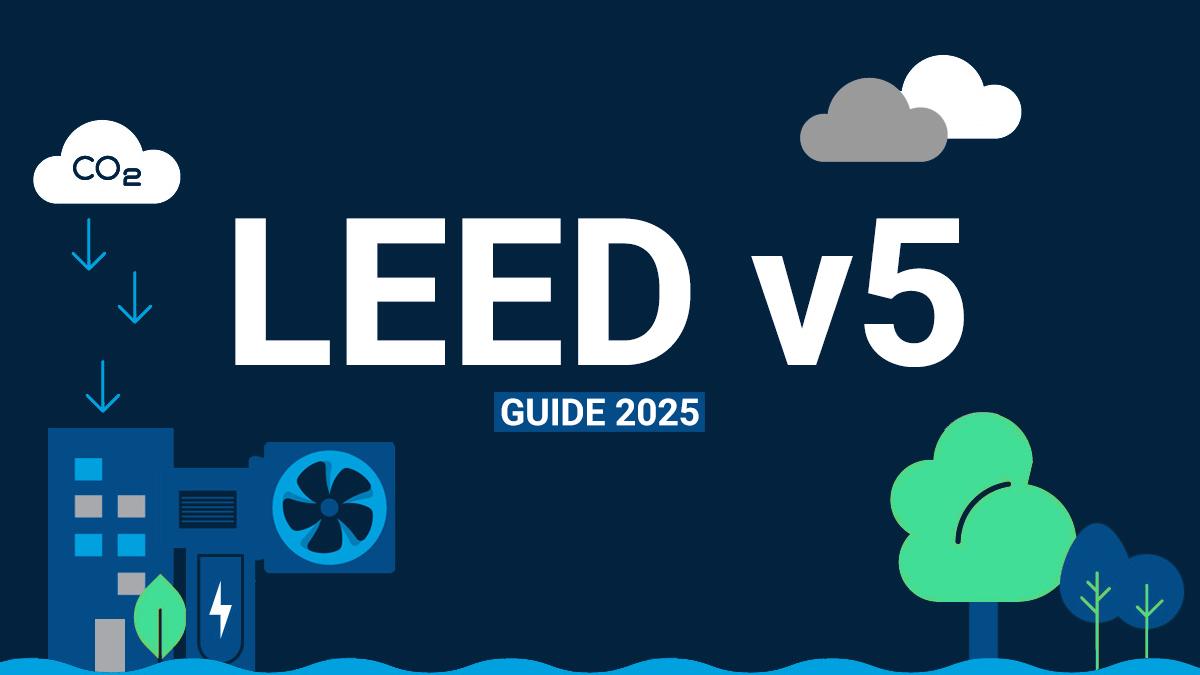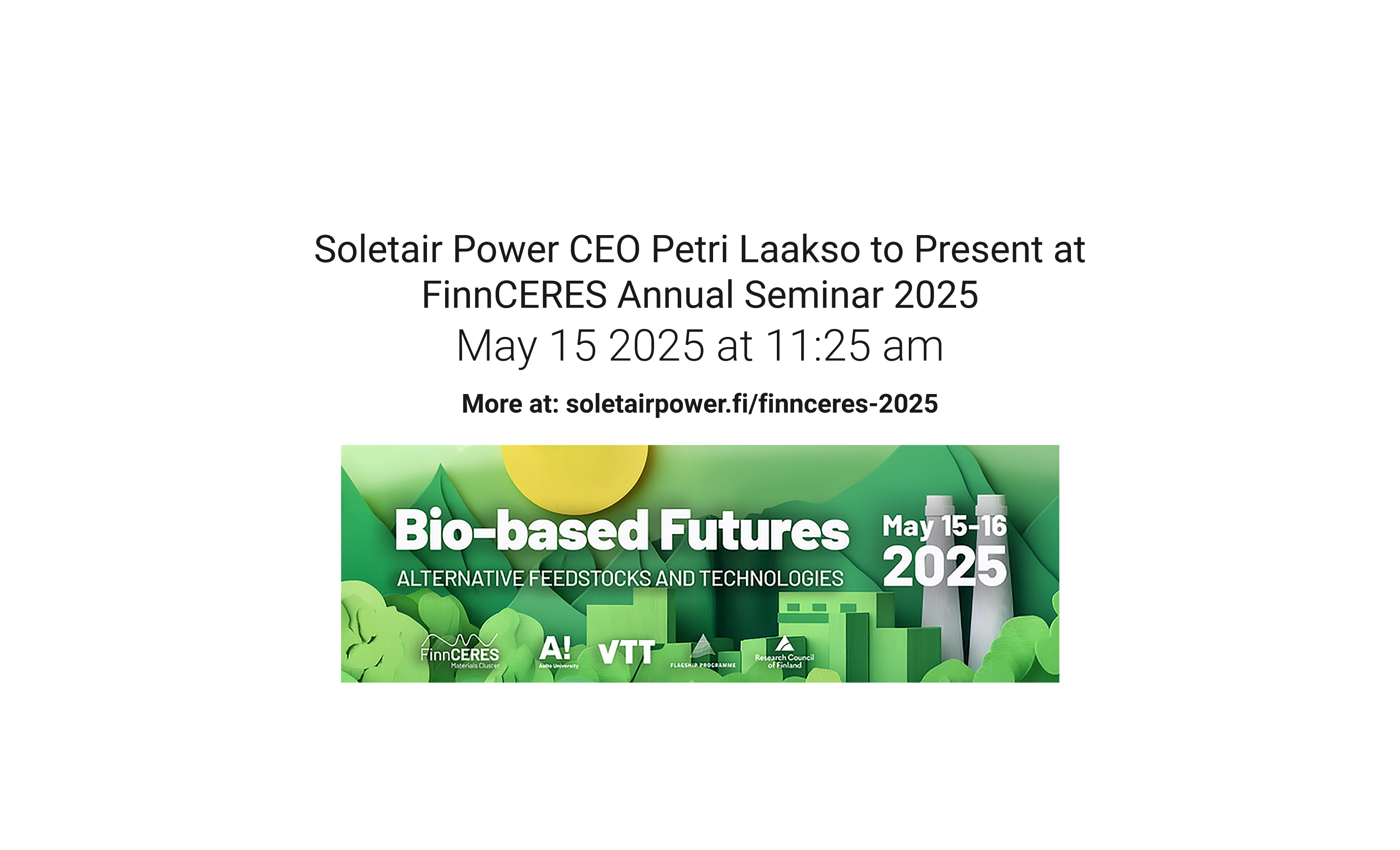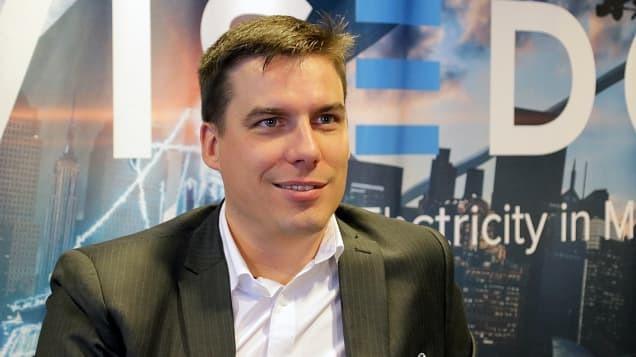The concentration of carbon dioxide (CO2) in the atmosphere is now well over 400 ppm and is estimated to increase in the coming decades. In urban areas, carbon dioxide levels can be much higher than the global average due to local sources, such as fossil fuel combustion and traffic and atmospheric conditions, and winds. As a case example, 2019 study performed by Kim et al. in Shanghai, carbon dioxide concentrations were found to be 550 ± 20 ppm for traffic roads, whereas pedestrian roads had a lower concentration of 435 ± 15 ppm.
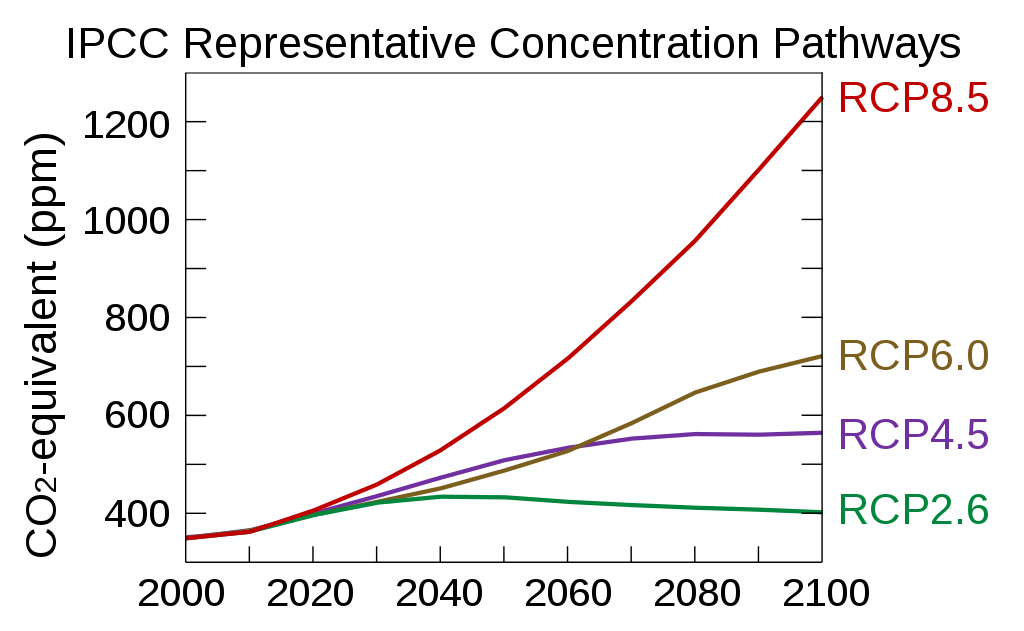
Fig. 1. Projected CO2 concentration [Source]
Inside our buildings, carbon dioxide levels have traditionally been considered an indicator for general air quality and flow rates, rather than the pollutant itself. However, in recent years, it has been recognized that high indoor carbon dioxide concentration can have a detrimental effect on our cognitive abilities and performance at work or school. According to research and national recommendations, the maximum acceptable carbon dioxide level indoors seems to be around 800 – 1000 ppm, whereas some symptoms can start to show at levels low as 500 ppm. Costs of reduced performance can be significant when considered as reduced focus and efficiency.
Moreover, some of the standards and methods for indoor ventilation and carbon dioxide level control are based on flow rates calculated from differences in theoretical indoor and outdoor carbon dioxide concentrations and on the assumption that outdoor concentration is 350 ppm (a level we passed decades ago).
Adding these above points together means we can today – and in the future cities even more so – quite easily end up with more carbon dioxide in indoor air than is good for us. The current ventilation methods are not sufficient to keep indoor carbon dioxide levels low enough for optimal conditions, especially in the situation when carbon dioxide concentration in outdoor air has increased.
One solution would be to simply increase the flow of incoming outdoor air and replace the indoor air with fresh air. Increasingly hard task, when the outdoor air is not so fresh, to begin with, due to reasons mentioned above. Also, increasing outdoor airflow can have a significant effect on energy consumption. In addition to the power needed to move the extra air, significant energy is also needed for heating or cooling the incoming air. This thermal demand is pronounced in cold or hot and humid weather.
Typically ventilation units have a maximum of 20% performance surplus which is not enough to compensate even the difference made by the atmospheric carbon dioxide elevation. One would need 50-100% higher ventilation speeds to have a proper effect on elevated indoor carbon dioxide -levels. Higher ventilation speed would mean higher noise levels and the feeling of the draft. Co-working spaces and the current trend of adding open offices pack more people into less space which makes the situation even worse.
Our technology can lower carbon dioxide concentration in ventilation air. By lowering the carbon dioxide level in the incoming air, there is no need to take extra air from outside or use energy to warm or cool it. Low carbon dioxide levels can make sure that people have the best indoor climate to work. Reduced carbon dioxide indoors increases human cognitive functions.
In addition, we can utilize the removed carbon dioxide to produce hydrocarbons (methane) to replace fossil fuels
High-performing people want high-performance buildings*. The cost of unwell workers represents 10% to 15% of annual global economic output, according to the Global Wellness Institute. But a high-performing, healthy workplace can boost engagement and productivity.
*Ref: https://www.gensler.com/uploads/document/614/file/Gensler-US-Workplace-Survey-2019.pdf
Soletair Power — carbon capture
Our technology captures CO₂ from the air by utilizing ventilation systems of buildings. Soletair Power’s technology is behind the world’s first economically profitable P2X fuel production, produced from CO₂ captured directly from the air.
Soletair Power has been mentioned in The Guardian, BBC, The Wall Street Journal, Helsingin Sanomat, YLE, featured in CNBC’s Sustainable Energy Show, Sifted, and is supported by Wärtsilä, Business Finland, Climate KIC and Ely-Keskus Finland.
Contact us to Remove CO2 from your commercial property.

